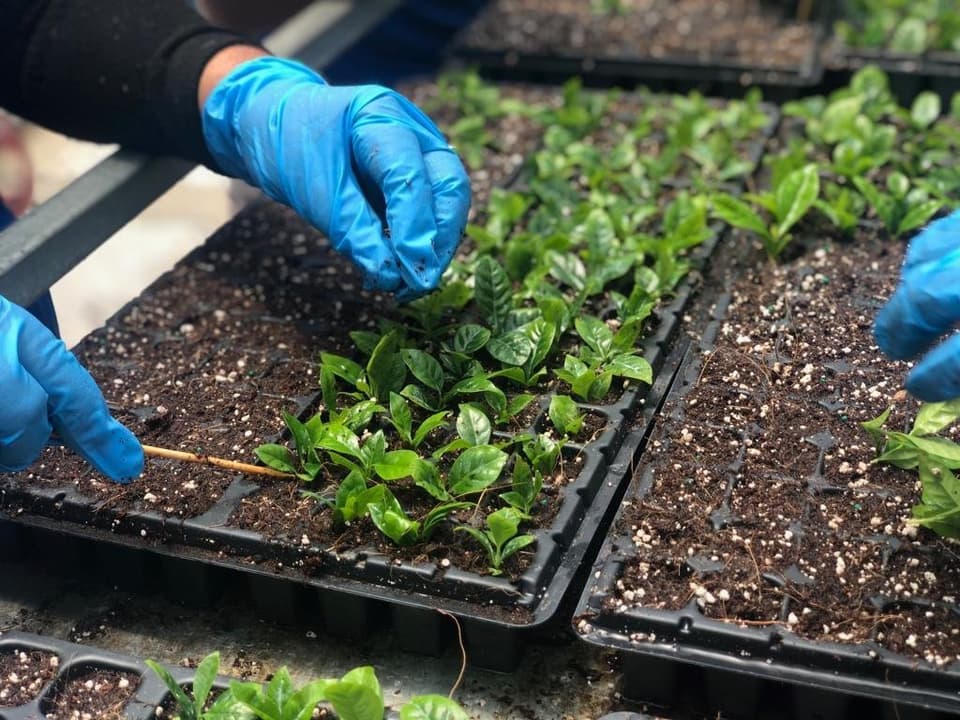A coffee treasure found, and possibly lost again
Paper confirms 2012 expedition found novel arabica genetic diversity in South Sudan, in an area subsequently engulfed by war
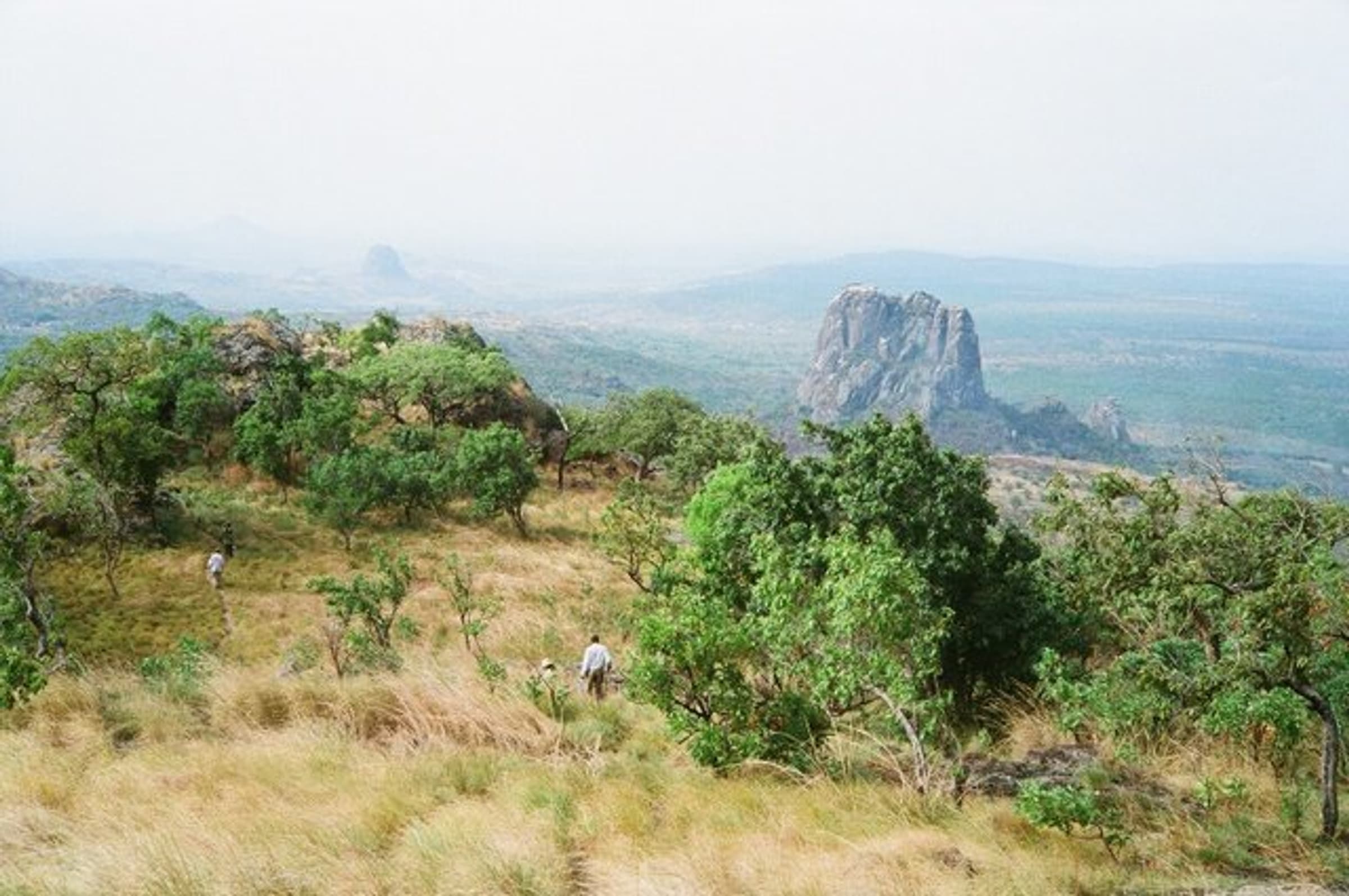
The Boma Plateau in South Sudan, where wild arabica was confirmed on an expedition in 2012.
A new research paper confirms that South Sudan is a center of evolutionary origin for Coffea arabica, and the plant populations in the area possess unique genetic diversity. The open-access paper, “Validating South Sudan as a Center of Origin for Coffea arabica: Implications for Conservation and Coffee Crop Improvement” was published in Frontiers in Sustainable Food Systems.
The paper is based on a study led by Dr. Sarada Krishnan, who was the lead author of the Global Coffee Conservation Strategy, co-published by World Coffee Research and the Crop Trust. Dr. Krishnan is also the newly named Executive Director of the International Women’s Coffee Alliance, and the Director of Horticulture & Center for Global Initiatives at the Denver Botanic Gardens.
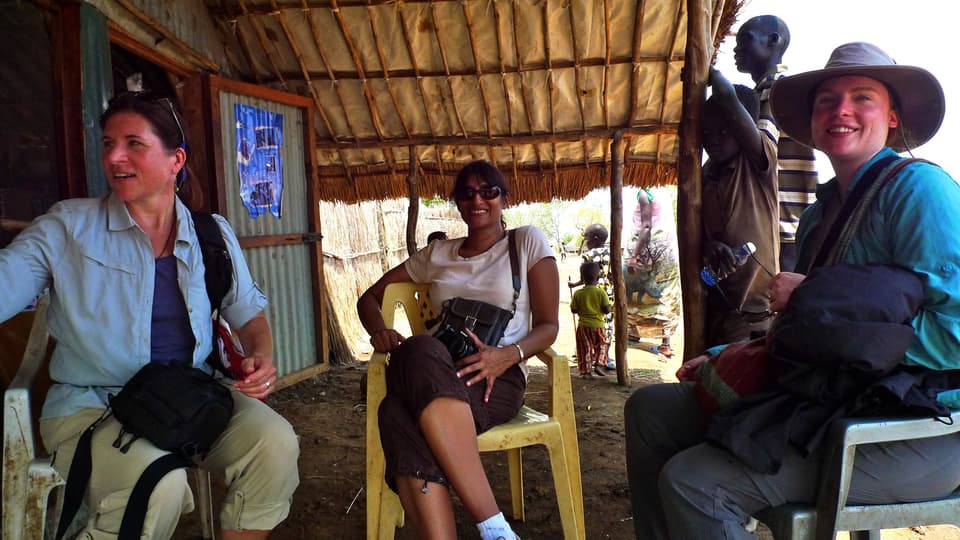
Left to right: Lindsey Bolger, former green coffee buyer for Keurig Trading and chair WCR board of directors; Dr. Sarada Krishnan, lead author of the South Sudan paper and Director of Horticulture & Center for Global Initiatives at the Denver Botanic Gardens; and Emma Sage, formerly of the Specialty Coffee Association.
"This study not only validates that South Sudan is a center of origin of arabica coffee in addition to Ethiopia, but also identifies the unique genetic diversity of South Sudanese populations," says lead author Dr. Krishnan, "We need to urgently find ways to protect and conserve this genepool."
Dr. Krishnan, along with a group of researchers that included WCR founder Tim Schilling and coffee botanist Aaron Davis of Kew Gardens, traveled to South Sudan’s Boma Plateau in 2012. (The expedition was the subject of a Wall Street Journal article written by a reporter who joined the group, and a riveting first-person account from Emma Sage, now of the Coffee Quality Institute.) The purpose of the journey was to find wild strains of Coffee arabica growing in the country to confirm historical accounts from the 1940s that South Sudan might be a center of origin for arabica coffee.
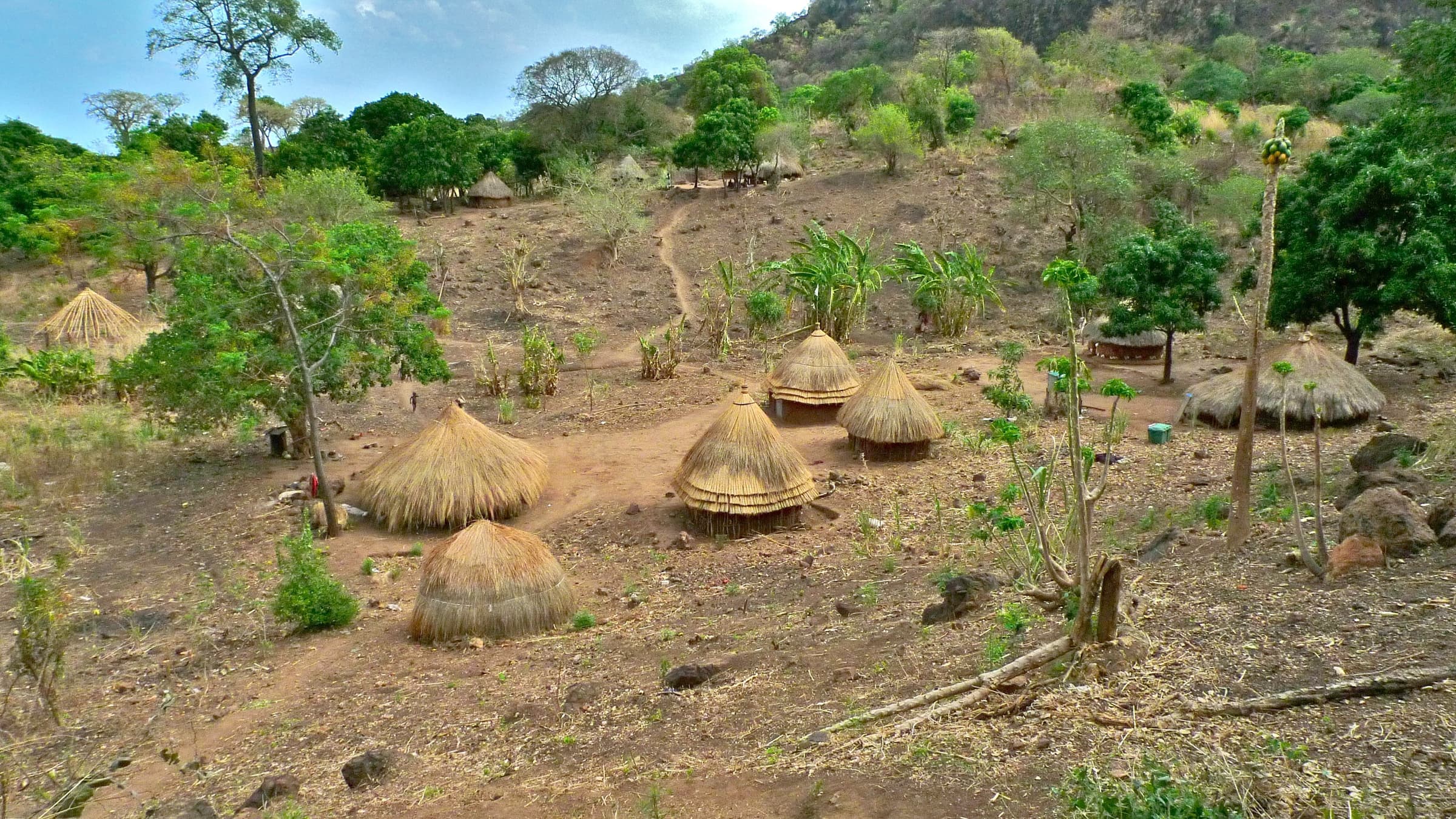
Discovering wild arabica coffee outside of its more widely known center of origin, Ethiopia, is meaningful. According to the paper, arabica is “plagued by low genetic diversity, compromising disease resistance, climate resiliency and sensory potential. Access to the wider genetic diversity of this species may circumvent some of these problems.”
Once the group found wild arabica growing in the Boma Plateau, researchers collected leaf tissue and used simple sequence repeat (SSR) markers to assess the genetic diversity of samples from the Boma Plateau against existing inventories of wild arabicas and farmed cultivars from Ethiopia, Yemen, and around the globe. The researchers’ results both confirmed the Boma Plateau as a center of origin for arabica coffee and indicated that South Sudan’s wild populations of coffee are genetically distinct from arabicas described in the genetic diversity literature so far. According to the paper, “This newly identified genetic diversity within arabica could have the potential for crop improvement through selection and use in breeding programs.”
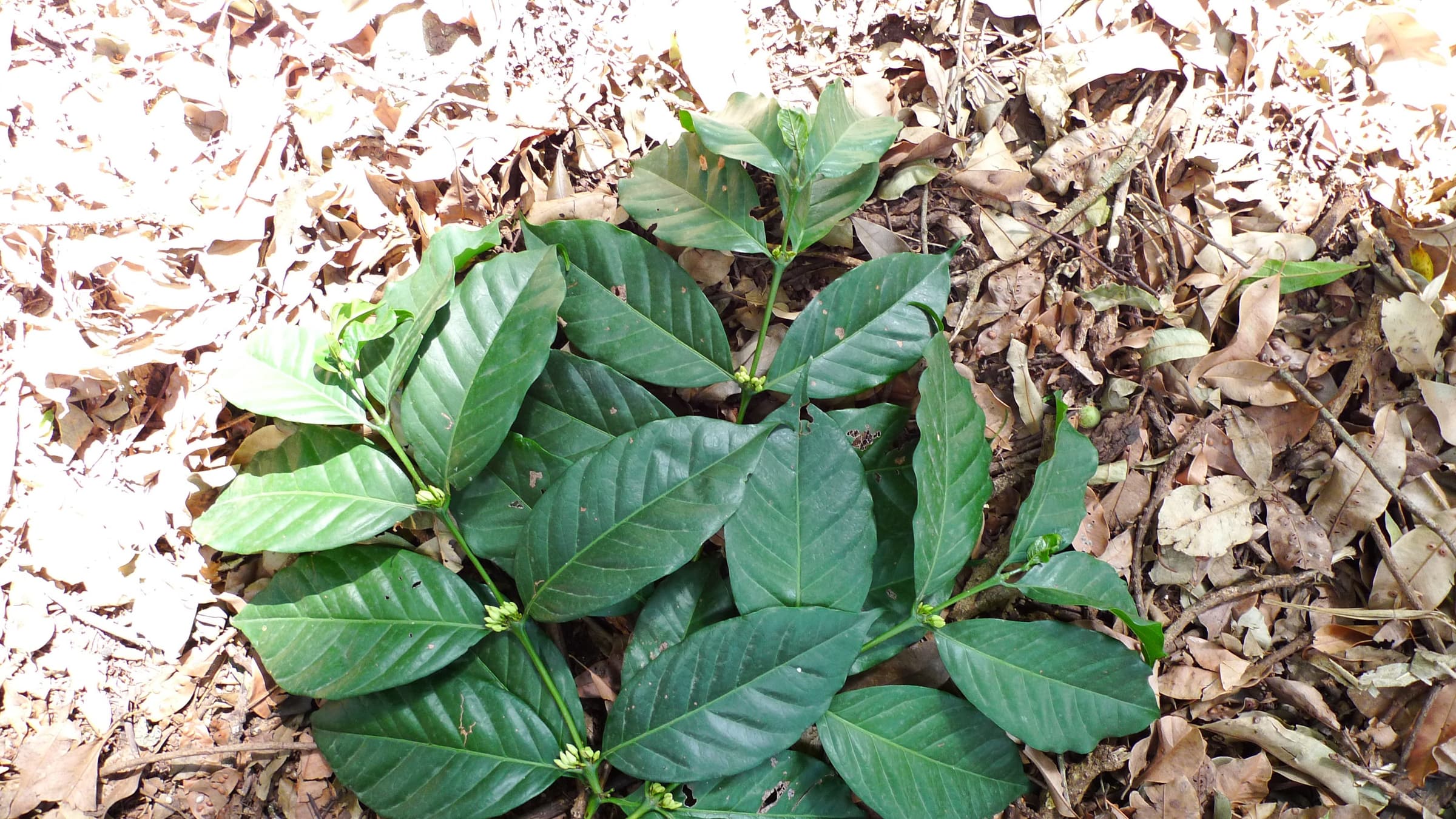
After days of searching, the team located wild arabica on the Boma Plateau.
While the findings about South Sudan wild arabica are exciting in theory, the reality is more sobering. Per the paper, “Observations and analyses show that the extent and health of the wild population of Arabica in South Sudan have declined. Urgent action should be taken to conserve (in situ and ex situ) the unique, remaining genetic diversity of wild arabica populations in South Sudan.”
Put a different way, the plants found by the team on the expedition were not in healthy shape. Because the expedition team collected only leaves from the plants rather than seeds, they were not able to be replanted in a safer location. Widespread deforestation has taken place in the region over the last 70 years. In 2013, just two years after South Sudan achieved independence, a civil war broke out leading to the displacement of up to 4 million people. Despite a negotiated peace settlement in 2020, local violence has continued; it has not been possible for researchers to return to the Boma Plateau. They are concerned it’s likely that the few plants discovered in 2012 may be already lost to the world. Of the two main regions visited by the expedition, researchers say, “It is unlikely that any C. arabica plants exist now at Rume… the genetic diversity from Rume may no longer exist in its original form, if at all.”
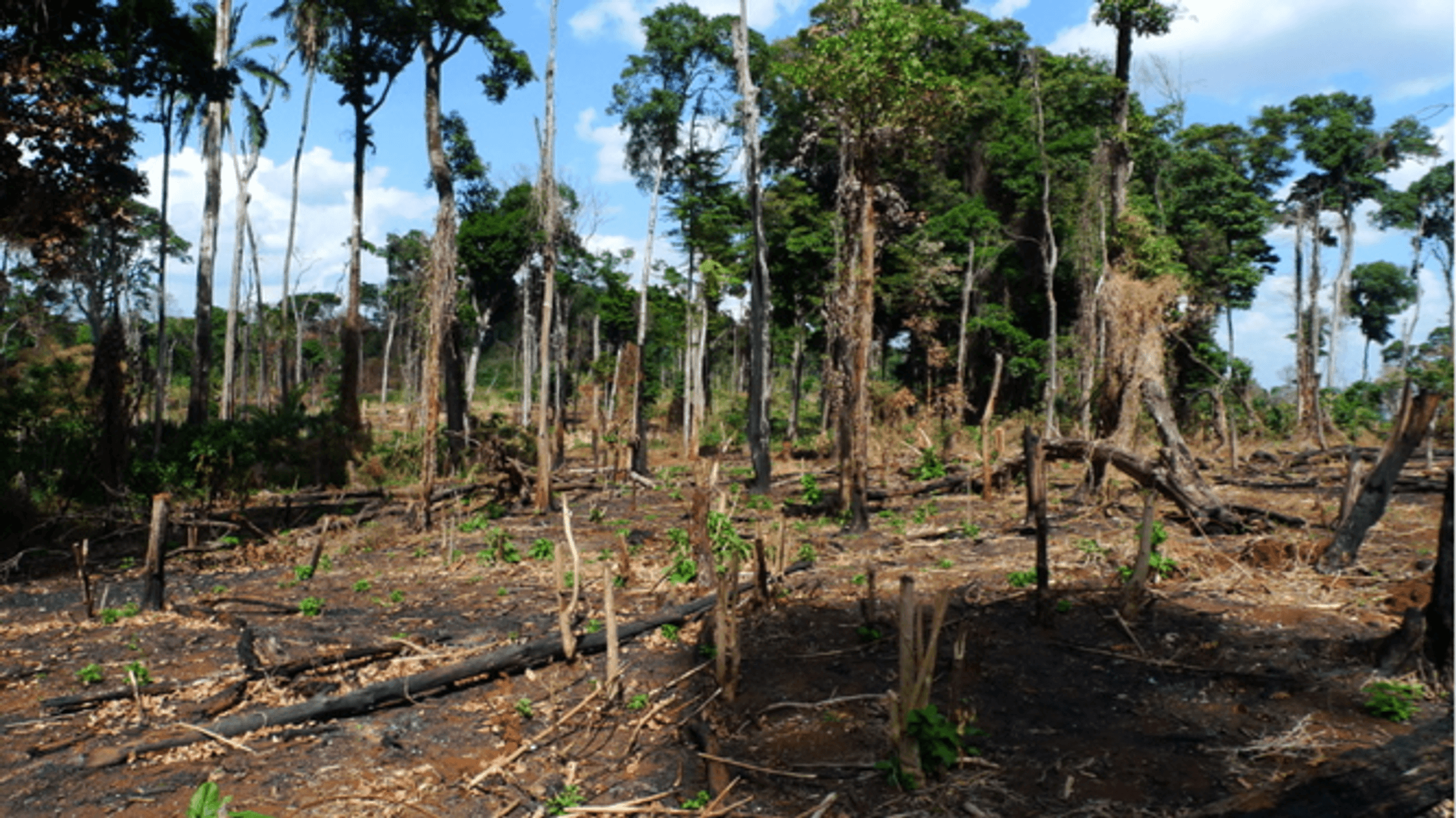
The Boma Plateau has seen extensive degradation of its forests in recent decades.
The fragility of wild plant populations in the face of conflict, human disturbance, and the climate crisis reinforces the urgency of preservation and conservation of wild species. The authors conclude, “Given that the Boma populations represent a distinct genetic entity for arabica diversity, and that there is still substantial genetic diversity within the Boma metapopulation, it is imperative that all attempts be made to conserve this diversity.”
A more hopeful story may lie in the recent rediscovery of Coffea stynophylla, a coffee species tolerant to high heat located in Sierra Leone in 2018. Stenophylla, in addition to being reconfirmed in the wild, is also held in multiple coffee genebanks around the world. The fact that C. stenophylla has been well preserved globally means that it’s available for researchers to explore its potential to address the challenges of the 21st century, like heat tolerance and cup quality, and bring a new coffee species to farmers interested in diversifying into new opportunities.
Meanwhile, the urgency of conservation increases every year. The estimated cost to protect coffee genetic diversity forever by shoring up the world’s most important coffee genebanks is $25 million. The industry, and the broader global community, is invited to participate in that effort.
You can read the newly published research paper on wild arabica in the South Sudan in its entirety here.
